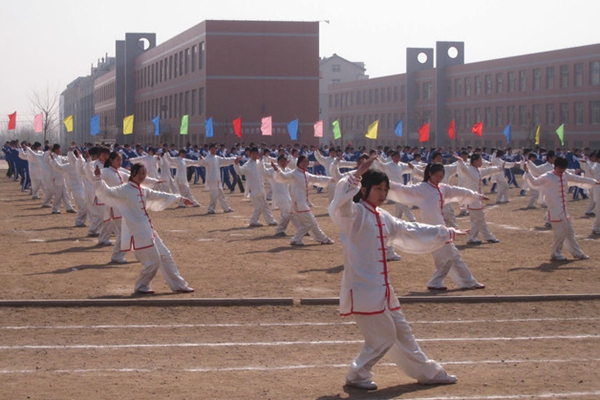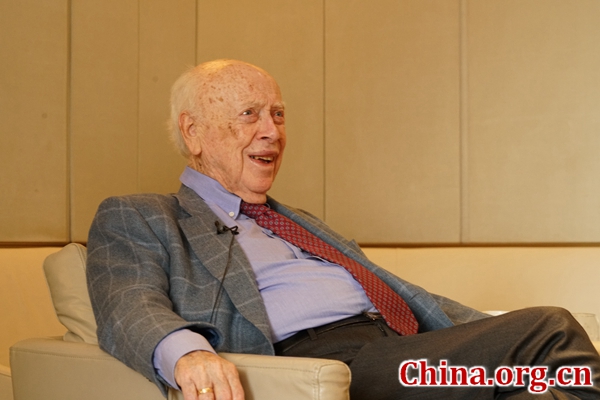PLA’s THAAD opposition ‘more than words’
|
|
|
Senior Colonel Wu Qian, spokesperson of China’s Ministry of National Defense (MOD), responds to media questions at a routine press conference on March 30, 2017. [Photo by Chen Boyuan/China.org.cn] |
The Chinese military once again expressed its firm opposition to the deployment of the THAAD (Terminal High Altitude Area Defense) system in South Korea, stressing its opposition “will never be just in words.”
Senior Colonel Wu Qian, Ministry of National Defense (MOD) spokesperson, speaking at a routine press conference on March 30, said China was serious about opposing THAAD.
“The deployment of THAAD will never make South Korea any safer. The Chinese military’s opposition against THAAD will never be just in words,” he insisted.
The MOD’s strong stance came after two THAAD launchers, along with support equipment, were delivered to a U.S. base in South Korea, according to South Korea’s Yonhap News Agency. Analysts said that THAAD might be fully operational in April.
Former South Korean President Park Geun-hye, recently impeached on corruption charges, agreed to the THAAD deployment on the grounds of the nuclear threat from North Korea.
Sr. Col. Wu refuted this. He said that China opposes any country jeopardizing another state’s safety, as well as regional stability, under the pretext of the ballistic missile threat from North Korea.
Apart from China, Russia also opposes THAAD, believing it disturbs the regional strategic equilibrium. On March 28, Chinese and Russia military delegates held their second meeting on joint anti-ballistic missile issues in Geneva on the sidelines of the Conference on Disarmament.
Their first meeting was held last November during the 7th Xiangshan Forum in Beijing. Soon afterwards, they conducted a joint computerized anti-ballistic missile (ABM) test.
As to whether the next such test would involve a live firing, the MOD spokesperson responded only vaguely.
“The THAAD system deployed by the United States and South Korea far exceeds the defense needs of South Korea,” he said, citing a memo issued after the Geneva meeting. “We oppose any country deploying the military facilities whose capacities are beyond their own defense requirements.”
Recent American reports speculated that North Korea might conduct its sixth nuclear test shortly. Hence, both the United States and South Korea stepped up their vigilance, and were keen on knowing whether the PLA would strengthen its border defenses with North Korea in case of such a nuclear test.
The MOD spokesperson declined to respond to a “hypothetical question,” but emphasized that the Chinese military maintained normal combat readiness and training.



